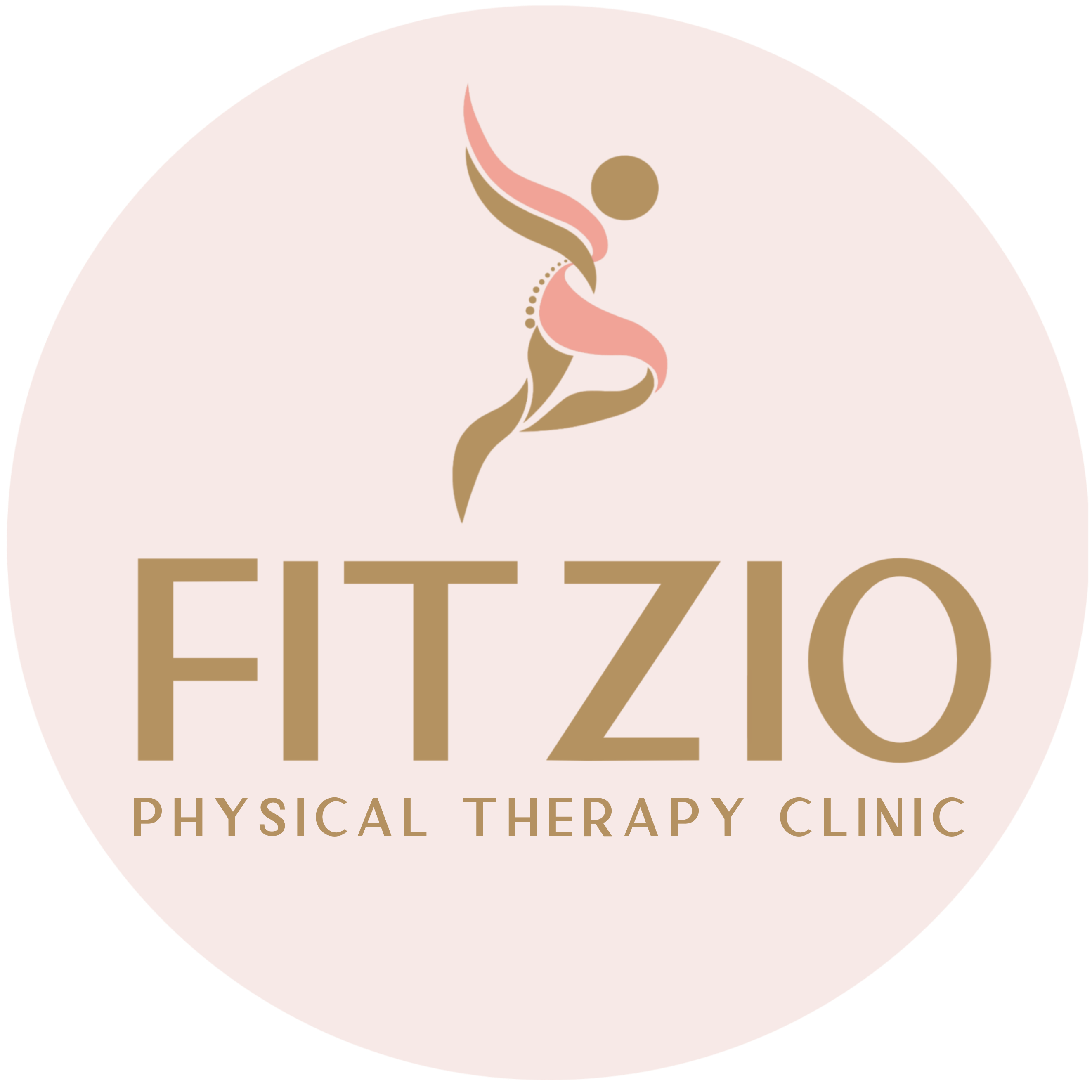Stage 04 – Sports Injury Prevention
At FitZio Clinic, Stage 04 – Sports Injury Prevention focuses on keeping active individuals, athletes, and fitness enthusiasts healthy and free from injuries. Whether you are training for a marathon, playing weekend sports, or simply staying fit, this stage ensures your body is strong, balanced, and prepared for physical challenges. Our approach includes assessing your movement patterns, strengthening key muscles, and teaching proper techniques to reduce the risk of injuries and optimize performance.
Why Sports Injury Prevention Matters
Prevention is always better than cure, especially for athletes and active individuals who rely on their bodies to perform. Injuries often occur due to overuse, muscle imbalances, or improper techniques, which can disrupt training or daily life. Research shows that targeted injury prevention programs significantly reduce the likelihood of common issues like sprains, strains, or joint injuries (1). At this stage, we aim to address these risks proactively.
How We Help Prevent Sports Injuries
Movement Assessment and Correction
We start by evaluating your movement patterns, posture, and flexibility to identify potential weaknesses or imbalances. For example, overpronation in the feet or a weak core can lead to injuries like shin splints or lower back pain. Based on the assessment, we provide corrective exercises and strategies to address these issues. A study highlighted the effectiveness of movement screening in reducing sports injuries by identifying risk factors early (2).
Strength and Conditioning Programs
Building strength in the right muscles is key to preventing injuries. We design personalized strength and conditioning routines tailored to your sport or activity. For example, runners might focus on hip stability and calf strength, while tennis players work on shoulder and wrist stability. A review found that sports-specific strengthening exercises significantly reduce injury risk and enhance athletic performance (3).
Improving Flexibility and Recovery
Tight muscles and poor recovery are common contributors to injuries. Stretching routines and recovery techniques, like foam rolling or guided myofascial release, help keep muscles supple and reduce soreness. Research confirms that regular flexibility training lowers the chance of muscle strains and joint issues (4).
Education on Safe Techniques
Proper technique is crucial for injury prevention. We teach patients how to perform exercises and movements safely, whether it’s lifting weights, running, or jumping. Studies show that athletes with better technique experience fewer injuries and perform at higher levels (5).
Research-Based Prevention Strategies
At FitZio, we base our prevention programs on proven methods and recent research. A study demonstrated that injury prevention programs, including strength training, flexibility work, and warmup, reduced injuries in athletes (6). By integrating these strategies into your routine, we help you stay active and injury-free.
Stronger, Safer, and Ready for Action
Stage 04 is about empowering you to enjoy your activities without fear of injury. By building strength, improving movement, and teaching safe techniques, we ensure your body is prepared for the demands of sports and daily life. At FitZio, our focus on prevention helps you stay active, achieve your goals, and maintain long-term health.
References:
- Vincent HK, Brownstein M, Vincent KR. Injury Prevention, Safe Training Techniques, Rehabilitation, and Return to Sport in Trail Runners. Arthrosc Sports Med Rehabil. 2022 Jan 28;4(1)
- Chimera NJ, Warren M. Use of clinical movement screening tests to predict injury in sport. World J Orthop. 2016 Apr 18;7(4):202-17.
- Fleck SJ, Falkel JE. Value of resistance training for the reduction of sports injuries. Sports Med. 1986 Jan-Feb;3(1):61-8.
- Behm DG, Alizadeh S, Daneshjoo A, Konrad A. Potential Effects of Dynamic Stretching on Injury Incidence of Athletes: A Narrative Review of Risk Factors. Sports Med. 2023 Jul;53(7):1359-1373.
- Gabbett TJ. The training injury prevention paradox: should athletes be training smarter and harder? British Journal of Sports Medicine 2016;50:273-280.
- Jenkins, Jeffrey et al. Flexibility for Runners. Clinics in Sports Medicine, 2010 Vol 29 (3), 365 – 377
